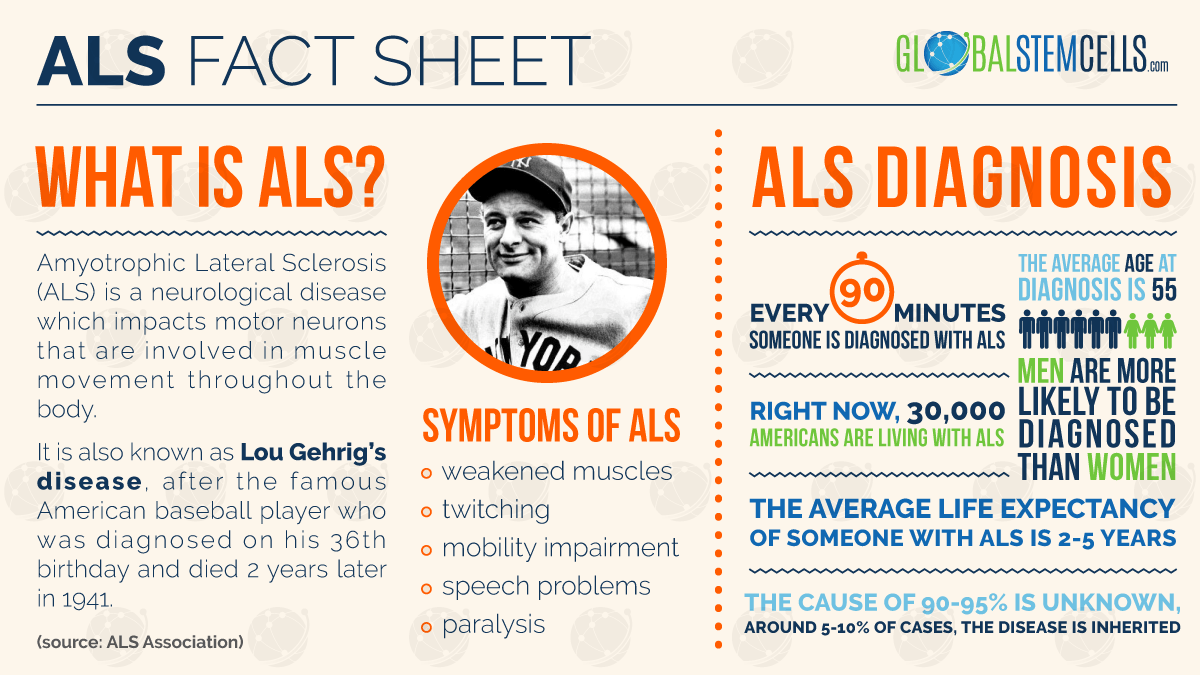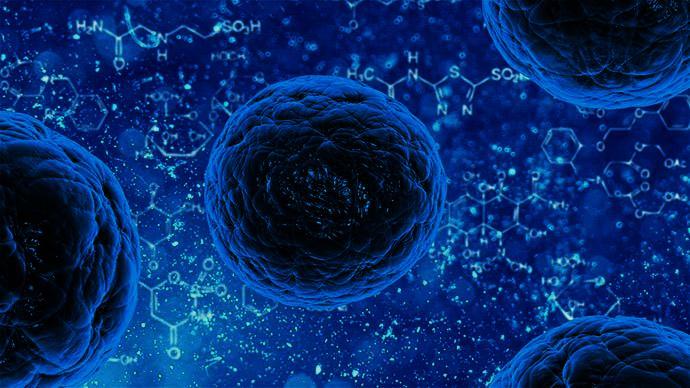Amyotrophic Lateral Sclerosis (ALS) has been a particularly troublesome disease to manage due to the failure of growth factors in clinics. ALS is a neurological disorder that affects nerve cells (or neurons) that are responsible for controlling voluntary muscle movement. Specific types of these motor neurons in the spinal cord rely in part for their survival on distinct growth factors. Georg Haase of Aix-Marseille University in France led a study whose results suggest that when these growth factors are combined they may afford protection to motor neurons that have been damaged by disease.
The potential benefits of growth factors in managing ALS been known to the medical profession for decades now. In the early 1990s neurotrophic factors (NTFs) which are peptides (or small proteins) and which are a family of biomolecules that support the growth, survival and – crucially – the differentiation of developing and mature neurons were used in early therapies to control ALS. These therapies were however ineffective and it is only in recent years that researchers have found that when these growth factors are combined then the expected results are more assured. The combination of these growth factors provide trophic (nutrition-related) support for motor neurons, especially in the developing spinal cord.
What is ALS?

A working hypothesis that seeks to explain why a combination of growth factors seem to work (as opposed to when only one type is used) postulates that particular types of motor neurons are protected by particular types of growth factors. Indeed Georg Haase and his team, through rigorous scientific processes have put this theory to the test to ultimately identify which particular NTFs protect which distinct classes of motor neurons in the developing lumbar spinal cord. Using this technique researchers will be able to isolate the substances needed to protect adult motor neurons and those that have been damaged by ALS. The results of these extensive analyses will have wide-ranging implications in the therapies used to control ALS as neuroprotective treatment strategies will be tailored to the disease.
Further the use of Mesenchymal Stem Cells (MSCs), when combined with a spinal tap or lumbar puncture (LP), enhances the levels of many of these growth factors. MSCs are multipotent stromal cells which have the capability to differentiate into many different cell types and are therefore are a rich source in the treatment of a variety of disorders. MSCs can differentiate into adipocytes, which are fat cells, bone cells (known as osteoblasts), myocytes – which are muscle cells – and cartilage cells, known medically as chondrocytes.
Stem Cell Therapy to manage Amyotrophic Lateral Sclerosis is already in use and the benefits that accrue from this treatment are worthy of note. Stem Cell Therapy has been shown to alleviate the severe symptoms that characterise ALS. Patients have reported improvement in many areas including improved speech, easing of neuropathic pain and fatigue and amelioration of motor function. Patients have further witnessed an improvement in balance and coordination, the diminishing of tremors, easier swallowing and a general slowing down of the disease.
H/T: ALS Research Forum




 English
English